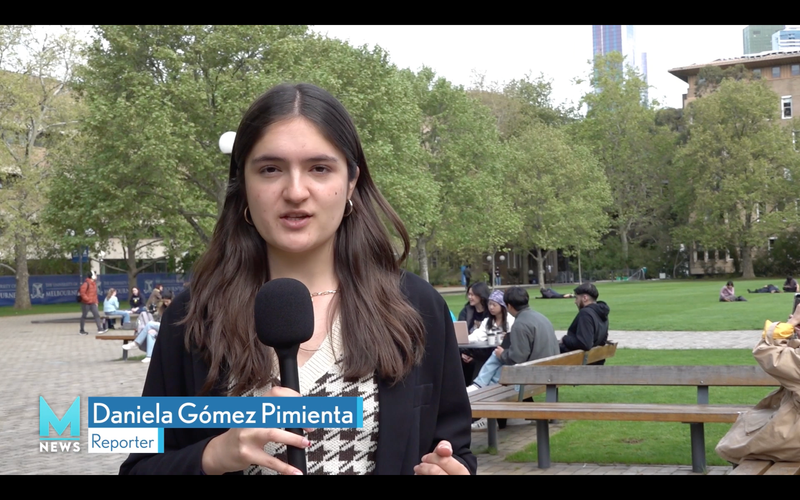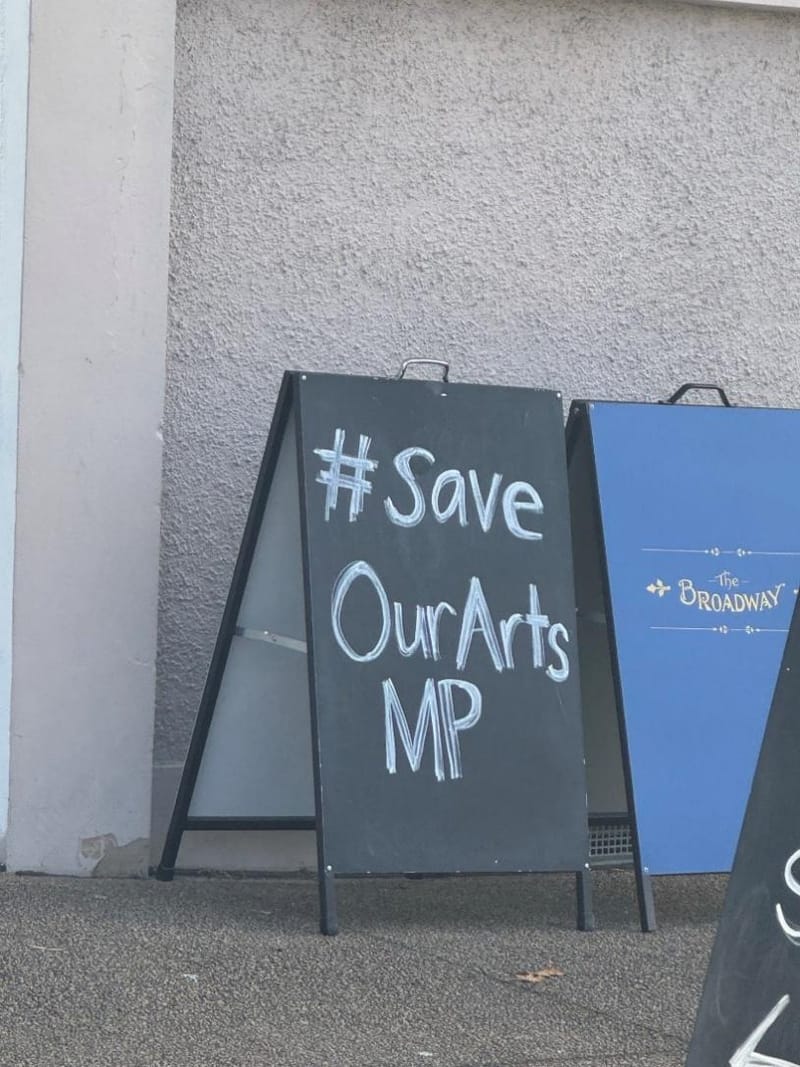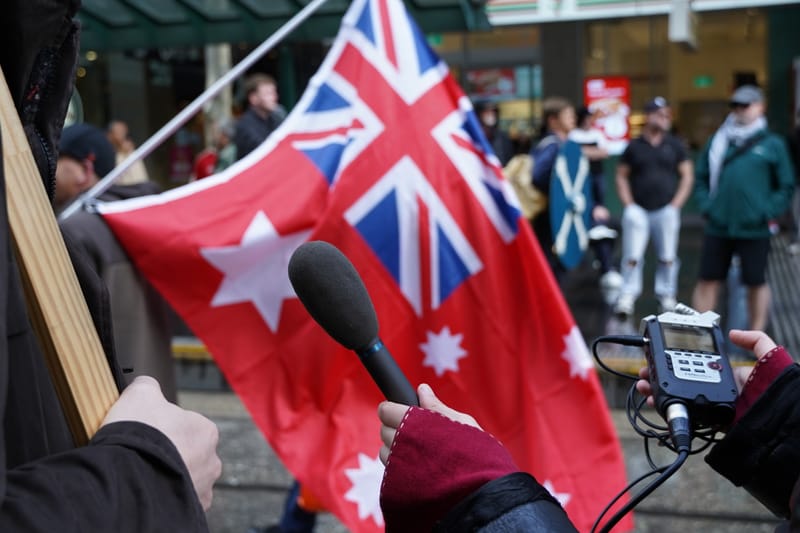Referendum guide: Make your Voice vote count
Find out what you need to know about voting in the referendum on October 14.
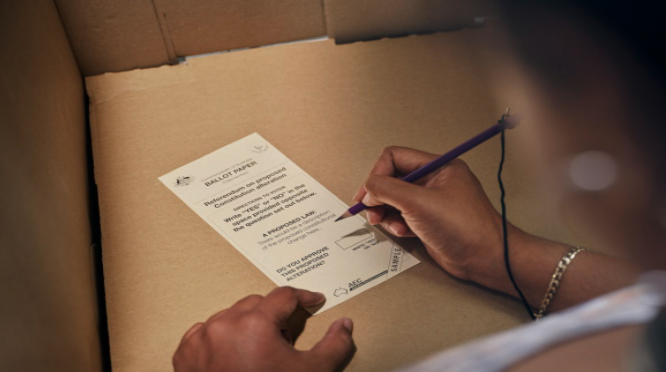
For many Australians, October 14 will be the first time they vote in a referendum.
For some Australians, it could be the first time they cast a vote.
Australian Electoral Commission (AEC) spokesperson Pat Callahan said it is important to understand how to vote to make sure your ballot is counted in the Indigenous Voice to Parliament referendum.
Mr Callahan has outlined the voting process for MOJO News.
How do I vote?
Mr Callahan says voting in a referendum is similar to a federal election.
“You go to the polling place, get your name marked off and you get given a ballot paper,” he says.
“In a federal election, you are given two ballot papers for both the Senate and the House of Representatives and then you have to number them.
“All you need to do in a referendum is write 'yes' or 'no' on the ballot.”
After you have answered the question, you take your ballot paper to the ballot box.
“You can then grab your democracy sausage if you want one, then you are done.”
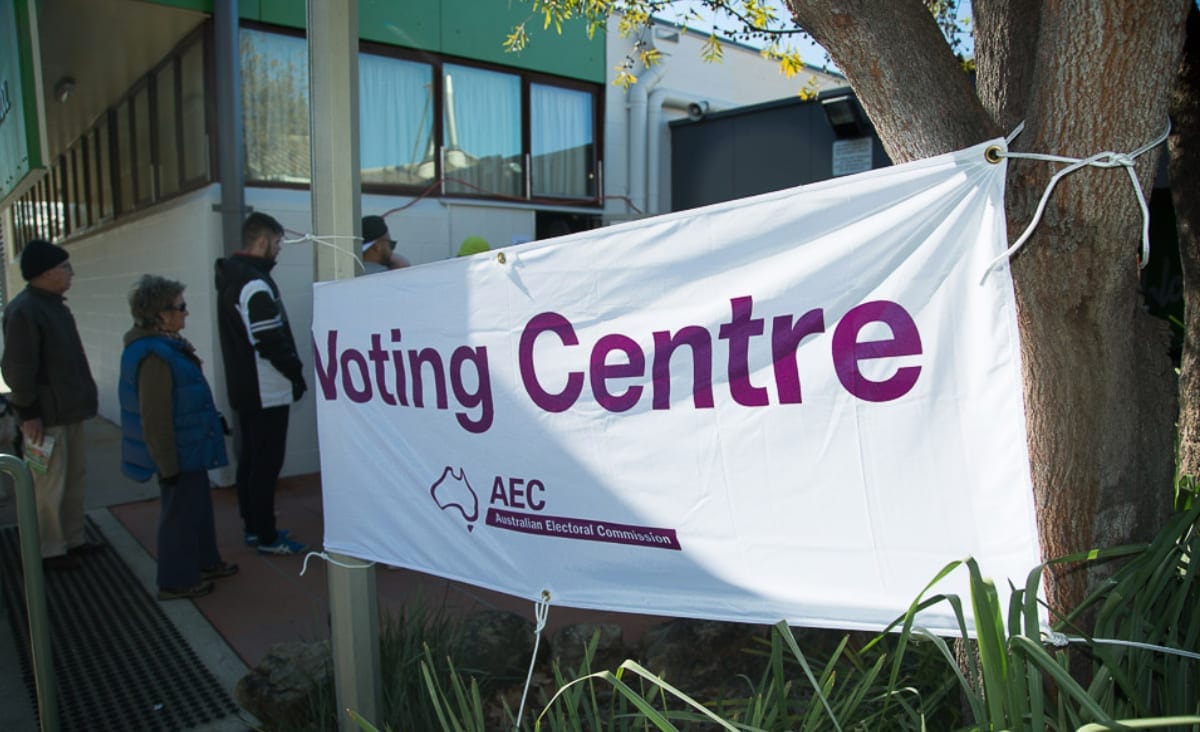
Where do I vote?
There are several voting locations near Monash University's Clayton and Caulfield campuses.
The closest polling booths to Monash Caulfield Campus are at Glen Eira College or the Caulfield Presbyterian Church Hall.
For Clayton, it is the Monash Uniting Church Hall.
The AEC website can help you can find your closest polling booth.
Early voting and postal voting are available for those who can't attend a booth on referendum day.
What do I write on the ballot?
It is important you write 'yes' or 'no' on the ballot paper, Mr Callahan says.
“There are instructions on the actual ballot paper that say you need to write 'yes' or 'no'," he says.
“If you put something else on the ballot paper, you are running the risk that your vote is going to be left open to interpretation.
“We can't guarantee it is going to be counted in the ballot.”
He says help is available to those who need it for filling out their ballot paper.
“You can speak to any AEC staff and ask for assistance,” he says.
“They are actually able to assist you in filling in the ballot paper, if you need extra help as well.”
How are the votes tallied?
Polling booths close at 6pm on Saturday, October 14.
Mr Callahan says counting starts immediately after booths have closed.
“It is a bit less complicated than a federal election, because we are just counting 'yes', 'no' or informal if we can't count it,” he says.
“Counting starts at polling places around the country and then over the coming days all votes will be transported to a central counting facility and recounted.”
To become law, a proposed change to the Constitution must be passed by a ‘double majority’.
That means more than half of voters in Australia (from all states and territories) must vote 'yes', and more than half of voters in at least four out of six states must vote 'yes'.
“If only one of those is successful, the referendum won’t pass," Mr Callahan says.
When will we know the result?
“The AEC might not necessarily have results on the night,” Mr Callahan says.
“If it is really close and coming down to the wire, or if there are a lot of postal votes, it might not be clear.
“The AEC has to wait 13 days for postal votes to come in.”
He says you can see how the count is going at both national and state levels.
The AEC will only formally declare the result when it's mathematically impossible for any other result to occur, he says.
“The AEC does not declare results on the night in a federal election or in a referendum.”
For more information on the referendum, Mr Callahan recommends visiting the AEC website.


